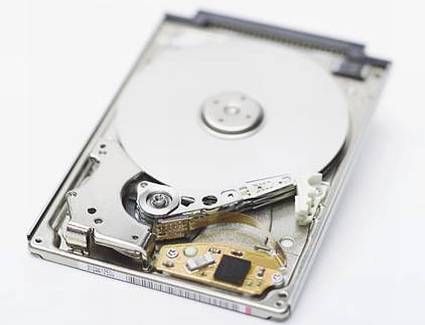I need to wipe this PC, it's becoming disgustingly slow and an overall pain to use. Last time I did this I did it via re-uploading Windows10 via USB key.
However, it did not inform me of which partition my SSD was located on (the partition I'm assuming I was supposed to have uploaded Windows10 onto?) and I'm assuming I uploaded Windows10 onto my harddrive because I used to love this laptop, it used to be SO fast but now I just hate it and want to put my first through the screen whenever it takes ten minutes to load something!
It simply offered me three choices: partition1, partition2, and partition 3.
Which of the three partitions do I upload Windows10 onto?
However, it did not inform me of which partition my SSD was located on (the partition I'm assuming I was supposed to have uploaded Windows10 onto?) and I'm assuming I uploaded Windows10 onto my harddrive because I used to love this laptop, it used to be SO fast but now I just hate it and want to put my first through the screen whenever it takes ten minutes to load something!
It simply offered me three choices: partition1, partition2, and partition 3.
Which of the three partitions do I upload Windows10 onto?
Last edited by a moderator:



